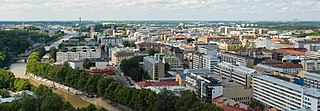
Turku is a city in Finland and the regional capital of Southwest Finland. It is located on the southwestern coast of the country at the mouth of the River Aura. The population of Turku is approximately 202,000, while the metropolitan area has a population of approximately 311,000. It is the 6th most populous municipality in Finland, and the third most populous urban area in the country after Helsinki and Tampere.

The University of Helsinki is a public university in Helsinki, Finland. The university was founded in Turku in 1640 as the Royal Academy of Åbo under the Swedish Empire, and moved to Helsinki in 1828 under the sponsorship of Tsar Alexander I. The University of Helsinki is the oldest and largest university in Finland with the widest range of disciplines available. In 2020, around 31,600 students were enrolled in the degree programs of the university spread across 11 faculties and 11 research institutes.

Åbo Akademi University is the only exclusively Swedish language multi-faculty university in Finland. It is located mainly in Turku but has also activities in Vaasa. Åbo Akademi should not be confused with the Royal Academy of Åbo, which was founded in 1640, but moved to Helsinki after the Turku fire of 1827 and is today known as the University of Helsinki.

The University of Turku is a multidisciplinary public university with eight faculties located in the city of Turku in southwestern Finland. The university also has campuses in Rauma and Pori and research stations in Kevo and Själö.
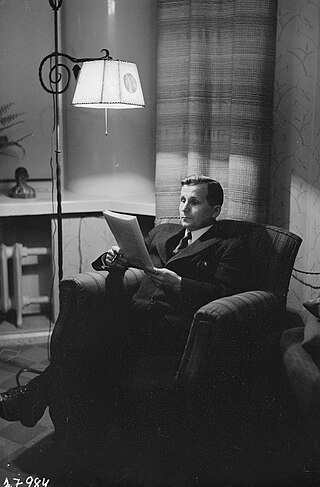
Veikko Aleksanteri Heiskanen was a Finnish geodesist and geophysicist. He was known for his refinement of George Biddell Airy and John Henry Pratt's theories of isostasy into his own, the Heiskanen hypothesis. With Felix Andries Vening Meinesz, he wrote the textbook The Earth and its Gravity Field (1958), and in 1960 a paper by Heiskanen, "The latest achievements of physical geodesy" was discussed in the scientific literature. With Helmut Moritz, Heiskanen wrote the textbook Physical Geodesy (1967), which became a standard text the field of geodesy and for the study of the geoid. Heiskanen's doctoral students include Ivan I. Mueller.

Johan Gadolin was a Finnish chemist, physicist and mineralogist. Gadolin discovered a "new earth" containing the first rare-earth compound yttrium, which was later determined to be a chemical element. He is also considered the founder of Finnish chemistry research, as the second holder of the Chair of Chemistry at the Royal Academy of Turku. Gadolin was ennobled for his achievements and awarded the Order of Saint Vladimir and the Order of Saint Anna.
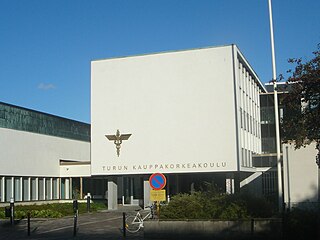
Turku School of Economics is a unit of the University of Turku located in Turku, Finland. It was established as an independent higher education business school in 1950, until it was acquired by the state in 1977. It was the second largest school of its kind in Finland, with approximately 2,000 graduate and 250 postgraduate students and a staff of 350. In January 2010, Turku School of Economics became the seventh faculty of the University of Turku. Its former rector, Professor Tapio Reponen, is now a vice rector of the University of Turku.

Carl Fredrik Mennander was Bishop of Turku, Finland, from 1757–1775 and then Archbishop of Uppsala in the Church of Sweden from 1775 to his death.

The Finnish Academy of Science and Letters is a Finnish learned society. It was founded in 1908 and is thus the second oldest academy in Finland. The oldest is the Finnish Society of Sciences and Letters, which was founded in 1838.
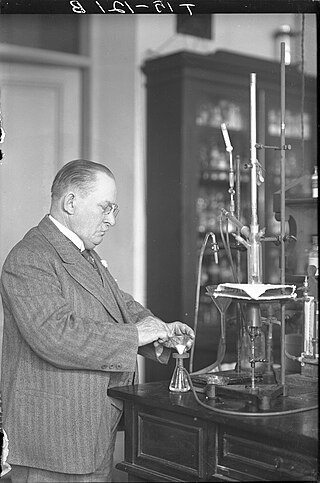
Gustaf Komppa was a Finnish chemist best known for a world-first in commercializing total synthesis, that of camphor in 1903.

Matti Ilmari Jutila is a mathematician and a professor emeritus at the University of Turku. He researches in the field of analytic number theory.
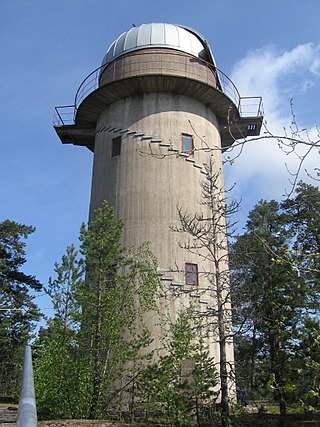
Tuorla Observatory is the Department of Astronomy at the University of Turku, southwest Finland. It is the largest astronomical research institute in Finland. Together with the Space Research Laboratory at the Physics Department of the University of Turku, it forms the Väisälä Institute of Space Physics and Astronomy (VISPA).
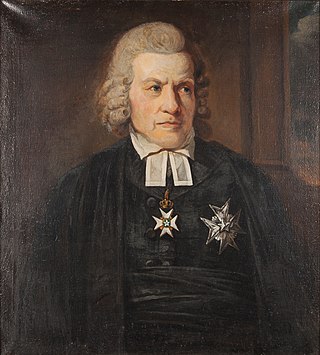
Jakob Gadolin was a Swedish Lutheran bishop, professor of physics and theology, politician and statesman.

Iso-Heikkilä Observatory is an amateur astronomical observatory used by a local amateur astronomical association, Turun Ursa ry in the Iso-Heikkilä district of Turku, Finland.
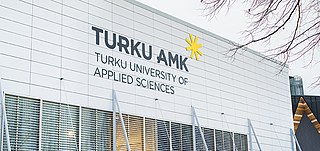
Turku University of Applied Sciences is a multidisciplinary higher education institution in the city of Turku and Salo in Southwest Finland. The institute began operations as a temporary polytechnic in autumn 1992. Before 2006, the institution carried the English name of Turku Polytechnic.
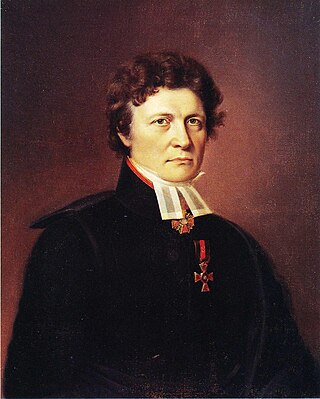
Gustaf Gabriel Hällström was a Finnish scientist. He was active in several fields, contributing to the establishment of an astronomical observatory in Turku as well as initiating the earliest systematic meteorological observations in Finland. His children were ennobled in recognition of his achievements.
Eva-Mari Aro is a Finnish biologist and professor of plant molecular biology at the University of Turku, Finland. Her research has focused on the function, regulation, damage, repair, and evolution of the machinery of photosynthesis, with applications in renewable energy. She was elected to the Finnish Academy of Science and Letters in 2001 and was elected a foreign associate of the National Academy of Sciences in 2018.
Christina Salmivalli is a Finnish professor of psychology and the deputy head of the INVEST research flagship at the University of Turku in Finland. Salmivalli is recognized as an expert on peer relations and school bullying.

Edvard August Vainio was a Finnish lichenologist. His early works on the lichens of Lapland, his three-volume monograph on the lichen genus Cladonia, and, in particular, his study of the classification and form and structure of lichens in Brazil, made Vainio renowned internationally in the field of lichenology.
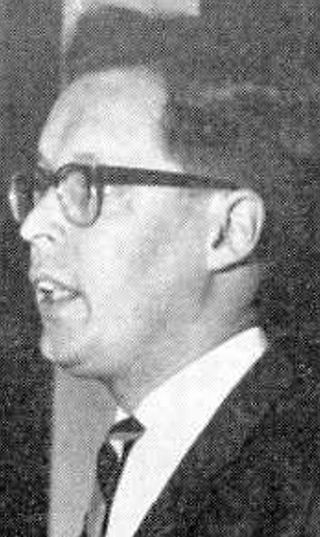
Carl Jacob Reinhold Gardberg was a Finnish art historian and archaeologist.

















